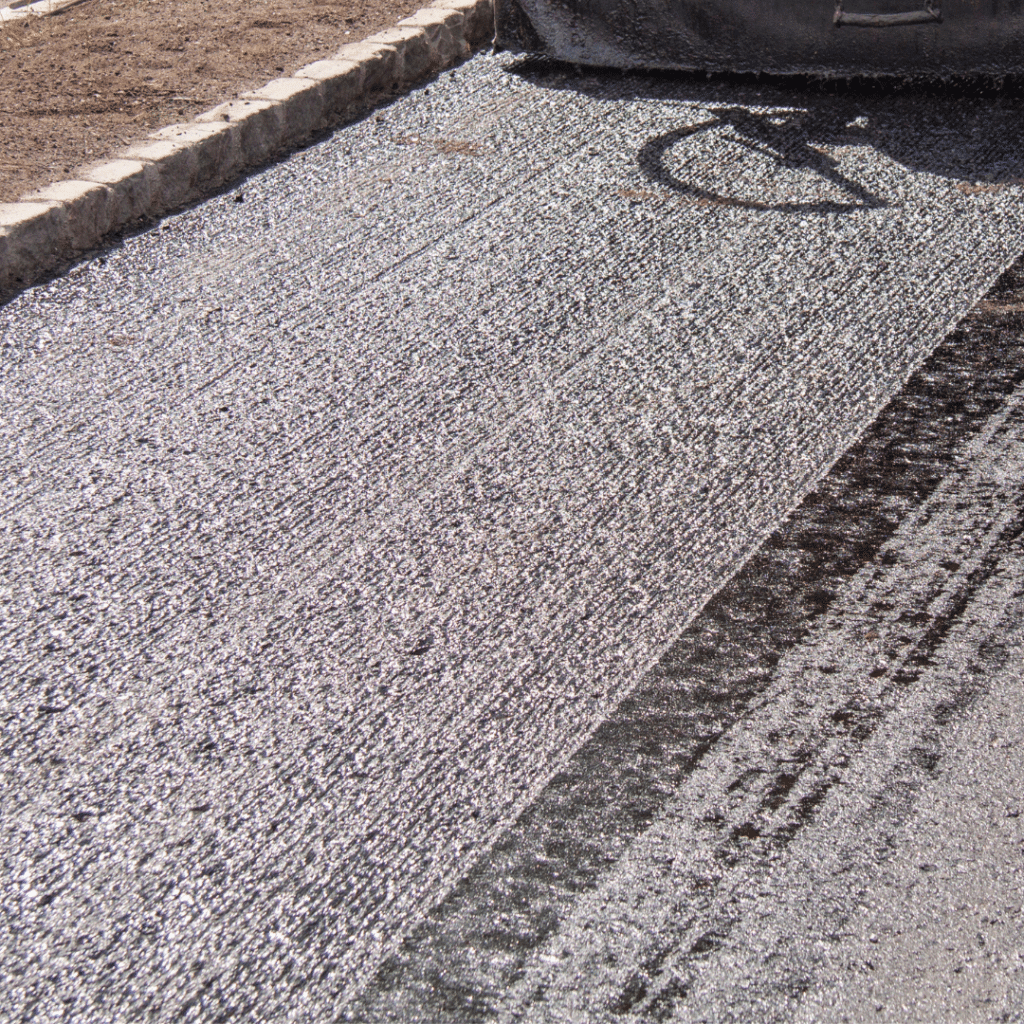Concrete is known for being strong and long-lasting, but it can still have problems over time. Proper repair is important to keep it in good shape and looking nice. However, there are common mistakes people make during concrete repair that can lead to poor results, more damage, and extra costs. Knowing these mistakes and how to avoid them can make a big difference in how well your repairs turn out. This article will cover five frequent concrete repair mistakes and how to steer clear of them.
1. Neglecting Proper Surface Preparation
Mistake: One of the most common errors in concrete repair is not preparing the surface properly before applying repair products. If the surface isn’t cleaned and prepared well, the repair materials may not stick correctly, leading to poor results.
How to Avoid It:
- Clean the Surface: Start by cleaning the concrete surface thoroughly. Remove dirt, debris, oil, and old paint using a pressure washer or a scrub brush with soap. For tough stains, you may need a special cleaner or degreaser.
- Remove Loose Material: Use a wire brush, chisel, or grinder to get rid of any loose or damaged concrete. A solid surface is essential for the repair material to bond well.
- Dry the Surface: Let the surface dry completely before applying any repair products. Moisture can interfere with how well the repair material sticks and cures.
2. Choosing the Wrong Repair Product
Mistake: Using the wrong repair product for the type of damage or concrete surface can lead to ineffective repairs. Different issues, such as cracks or surface wear, need specific repair materials.
How to Avoid It:
- Identify the Problem: Figure out exactly what’s wrong with your concrete—whether it’s cracks, spalling, or surface damage. This helps you choose the right repair product.
- Read Product Labels: Check the product labels to make sure it’s suitable for your repair job. For example, use epoxy for structural cracks and patching compounds for surface issues.
- Consult Professionals: If you’re not sure which product to use, ask a professional or visit a hardware store where experts can recommend the best products for your needs.
3. Improper Mixing and Application
Mistake: Mixing and applying concrete repair materials incorrectly can lead to weak or uneven repairs. This mistake often happens from not following the manufacturer’s instructions or using the wrong mixing ratios.
How to Avoid It:
- Follow Instructions: Always follow the mixing and application instructions provided by the manufacturer. This includes the correct amount of water and mixing time.
- Use Proper Tools: Use the right tools for mixing and applying the repair material. A mixing drill with a paddle attachment ensures a consistent mixture, and a trowel or float is needed for applying and smoothing the material.
- Apply in Layers: For deep cracks or large areas, apply the repair material in layers rather than trying to fill it all at once. Allow each layer to dry before applying the next one.
4. Skipping the Curing Process
Mistake: Curing is an important step in concrete repair that many people skip. Proper curing ensures that the repair material gains strength and sticks well to the surface. Skipping or not curing properly can lead to early failure of the repair.
How to Avoid It:
- Follow Curing Guidelines: Check the repair product’s instructions for specific curing requirements. Most products need to be kept moist for a certain period after application.
- Use Curing Compounds: Apply a curing compound or sealant if recommended by the manufacturer. These help keep moisture in and support the curing process.
- Protect from Elements: Protect the repair area from extreme temperatures, direct sunlight, and rain, which can affect curing. Covering the area with plastic sheeting or a wet cloth can help keep it moist.
5. Ignoring Long-Term Maintenance
Mistake: Once the repair is done, neglecting ongoing maintenance can lead to future problems. Regular maintenance helps prevent new issues and keeps the repair in good condition.
How to Avoid It:
- Inspect Regularly: Check the repaired area from time to time for signs of new damage or wear. Early detection allows for timely maintenance or further repairs.
- Seal the Surface: Apply a concrete sealer to protect the repaired area from moisture, stains, and wear. Sealing helps extend the life of the repair and keeps the surface looking good.
- Address Issues Promptly: If you notice any new cracks or damage, fix them as soon as possible. Small problems can get worse if left unattended.
Additional Tips for Successful Concrete Repairs
- Understand the Problem: Figuring out the exact issue with your concrete is crucial for a good repair. Knowing why the damage happened can help you prevent it from happening again.
- Work with Quality Products: Use high-quality repair products and materials. They often perform better and last longer than cheaper options.
- Seek Professional Help: For big or tricky repairs, consider hiring a professional. They have the experience and tools to handle difficult projects and ensure a successful repair.
Conclusion
Concrete repair is an important part of keeping your concrete surfaces in good shape. By avoiding common mistakes like not preparing the surface properly, choosing the wrong product, mixing and applying incorrectly, skipping the curing process, and neglecting maintenance, you can achieve effective and long-lasting repairs. Taking the time to prepare, select the right products, follow correct procedures, and maintain the area will help ensure that your concrete surfaces stay in great condition. Whether you’re doing the repairs yourself or hiring a professional, understanding these key aspects will lead to better results and a more successful outcome.

